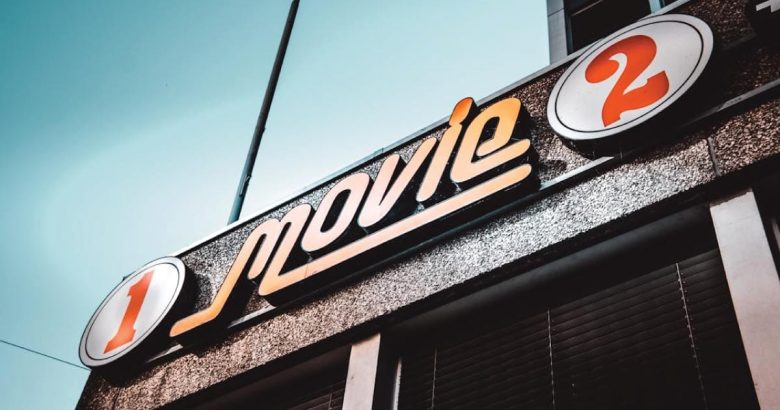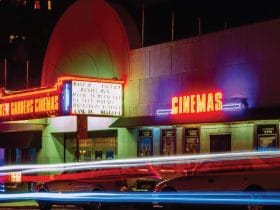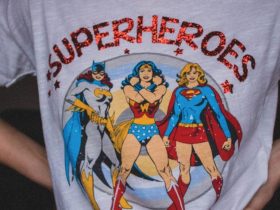“I never thought technology would threaten Blockbuster as quickly as critics thought,” said John Antioch, Blockbuster’s last CEO.
“Let’s rent a movie!” sounded like the perfect plan. The excitement of arriving at Blockbuster, the iconic American company specializing in movie and video game rentals, was one that many of us experienced.
Entering Blockbuster meant immersing yourself in a magical world of countless settings, characters, stories, sensations, and emotions. Aisles divided by genre were filled with boxes of VHS (and later, DVDs) with movie covers, ready to be taken home… Later, video game rentals began to be added (and what a boom it was!).
And the crunch – when it happened – was probably a couple of days later, when you had to return the movie before the deadline. Some allowed more time than others (new releases could be rented for only a couple of days, while less popular ones could be rented for up to a week). That’s where the extra charges for not delivering on time came in. But it didn’t matter much. You’d probably come back for another package of movies the following week.
This is how renting movies and video games at Blockbuster was experienced, which was displaced by new digital platforms like Netflix and ceased operations in 2014.
The beginnings
It all began in the southern United States in the 1970s. David Cook owned Cook Data Services, a company that provided software services for computers in the oil industry in Texas. But business was not going well. That was when Sandy Cook, his wife, who was also a movie fanatic, proposed changing the line of business.
Sandy Cook began studying the market and realized that most movie rental stores were small family-run businesses with a limited selection of films. One problem she found was that finding movies in these places was laborious since they had to search for them manually in a warehouse.
Sandy realized this task could be more efficient with a digital inventory, a practice they knew well from their previous business. They would have to invest a lot of money if they wanted to do something big. But knowing the potential it had, they decided to take the risk. That’s how the first Blockbuster was opened on October 19, 1985, in Dallas, Texas.
“Back then, rental stores like Blockbuster became the only way to watch a movie that was no longer in theaters without having to buy a VHS,” Business Insider reported.
They started with 8,000 covers and 6,500 titles. One feature was that the movies were displayed on shelves, resembling the dynamics of a bookstore. Each video had a magnetic strip and sensors to prevent theft. Computers also allowed for inventory control and laser scanning systems.
Cook Data Services became Blockbuster Entertainment Corporation in June 1986, and by then, it had three more stores.
Blockbuster falls into heavy hands.
From here, the rest is history. In 1987, Cook sold a third of his shares to a group of investors, including Wayne Huizenga, an American businessman who founded Waste Management, one of the largest waste collection companies. That same year, Donald Flynn, the company’s chief financial officer, invested $18.6 million in Blockbuster stock. With this move, two months later, Cook handed over the company he founded to Huizenga.
However, several of the Cooks’ policies remained under Huizenga’s watch. For example, showtimes were from 10 a.m. to midnight, there was a three-day rental window (which encouraged customers to rent more than one movie), and the movie titles were constantly expanded. Sound familiar?
Under Huizenga’s leadership, Blockbuster began a nationwide expansion plan. By 1988, it was a leading video rental chain with nearly 400 stores across the United States. By late 1989, it opened its 1,000th location and decided to expand into other territories.
They invested a $25 million campaign with fast food companies such as Domino’s Pizza and McDonald’s. Additionally, they began operations in the United Kingdom and planned those in Australia and the rest of Eastern Europe.
One of Blockbuster’s biggest moves in 1990 was the 40 million-dollar acquisition of Erol’s, a video and electronics retailer. The company also began renting video games for consoles like the Sega Genesis.
However, the real controversy arose in 1994, when they faced a completely different landscape. Television was already very popular, and they had to face a media giant: Viacom. This American media conglomerate had brands such as MTV and Nickelodeon. Here, they decided to ally with a 4.7 million dollar investment from Blockbuster, which caused Blockbuster to lose confidence in its investors.
Huizenga gave up his role at the company and was replaced by Steven Berrard. But Berrard didn’t last long. In the summer of 1997, entrepreneur John Antioco became the company’s new – and final – CEO. “I decided to join Blockbuster for a couple of reasons: I liked the brand; I saw a lot of issues that could be resolved quickly; and I never thought technology would threaten Blockbuster as quickly as critics thought,” Antioco wrote for Harvard Business Review in an article titled “How I Did it: Blockbuster’s Former CEO on Sparring with an Activist Shareholder.”
















Leave a Reply